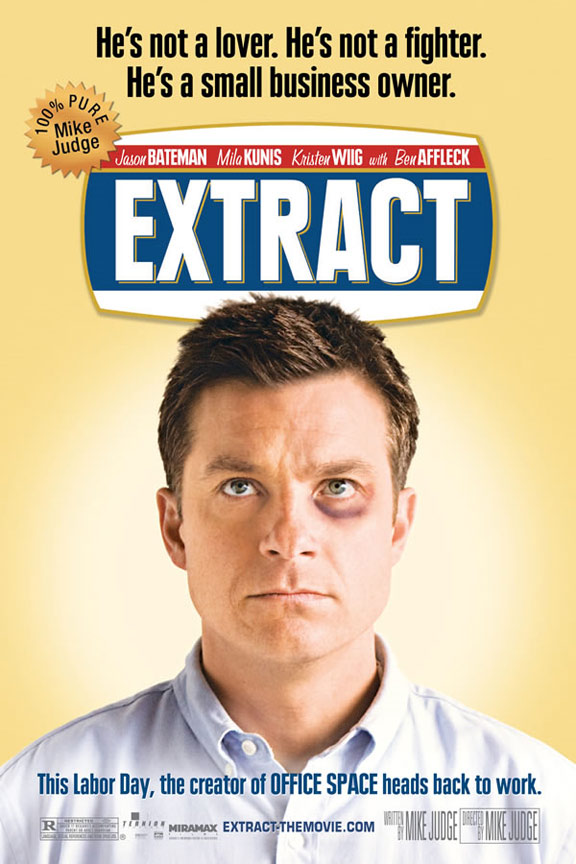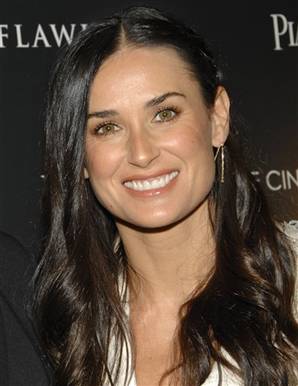
It deserves some qualifiers. To begin with, the U.S. box office for Ice Age has been steady
but not spectacular, so because of that
this will never become the highest-grossing animated film worldwide.
For the foreseeable future, that will continue to be Shrek 2, with over $900 million it total ticket sales. But Ice Age has hit $732 million
which puts it within reach of The Lion King and maybe the third Shrek movie, close to the top 20 films ever made.
But the real story here is the international markets, which comprise an almost unprecedented 75% of all tickets sold for the new Ice Age.
We talked earlier this summer about Sony not investing that much into the U.S. release of Angels & Demons because it knew the real money was overseas; this film has a higher percentage of international box office than even that one.
In fact, it looks like only Mamma Mia! and The Last Sumarai have a greater piece of the pie going to overseas receipts - or overceipts, if you prefer - and even then, it's only by about a percentage point.
The rather unspectacular third Ice Age movie has made almost $185 million in the U.S. and nearly $550 million in all the other territories.
By the time all the figures are totaled, it could make upwards of $600 million around the world. That would put it among the top ten films ever on that list. Incidentally, it has already made nearly $75 million more than The Dark Knight overseas.
Different audiences, I know, but it does show you just how well this one has played around the world. To claim the record for an animated release in foreign markets, it had to pass Finding Nemo, which made $525 million internationally in 2003.
but not spectacular, so because of that
this will never become the highest-grossing animated film worldwide.
For the foreseeable future, that will continue to be Shrek 2, with over $900 million it total ticket sales. But Ice Age has hit $732 million
which puts it within reach of The Lion King and maybe the third Shrek movie, close to the top 20 films ever made.
But the real story here is the international markets, which comprise an almost unprecedented 75% of all tickets sold for the new Ice Age.
We talked earlier this summer about Sony not investing that much into the U.S. release of Angels & Demons because it knew the real money was overseas; this film has a higher percentage of international box office than even that one.
In fact, it looks like only Mamma Mia! and The Last Sumarai have a greater piece of the pie going to overseas receipts - or overceipts, if you prefer - and even then, it's only by about a percentage point.
The rather unspectacular third Ice Age movie has made almost $185 million in the U.S. and nearly $550 million in all the other territories.
By the time all the figures are totaled, it could make upwards of $600 million around the world. That would put it among the top ten films ever on that list. Incidentally, it has already made nearly $75 million more than The Dark Knight overseas.
Different audiences, I know, but it does show you just how well this one has played around the world. To claim the record for an animated release in foreign markets, it had to pass Finding Nemo, which made $525 million internationally in 2003.







